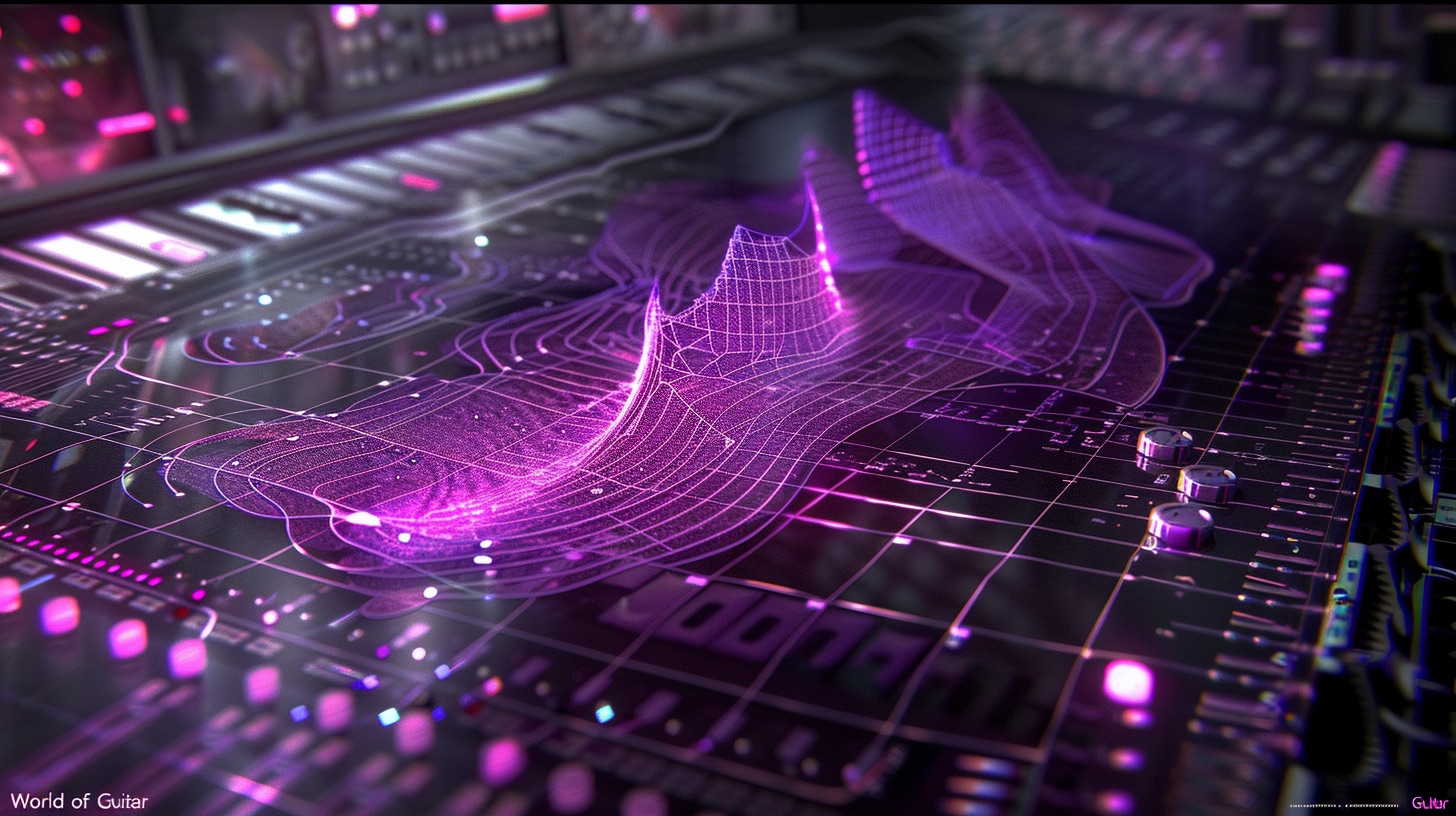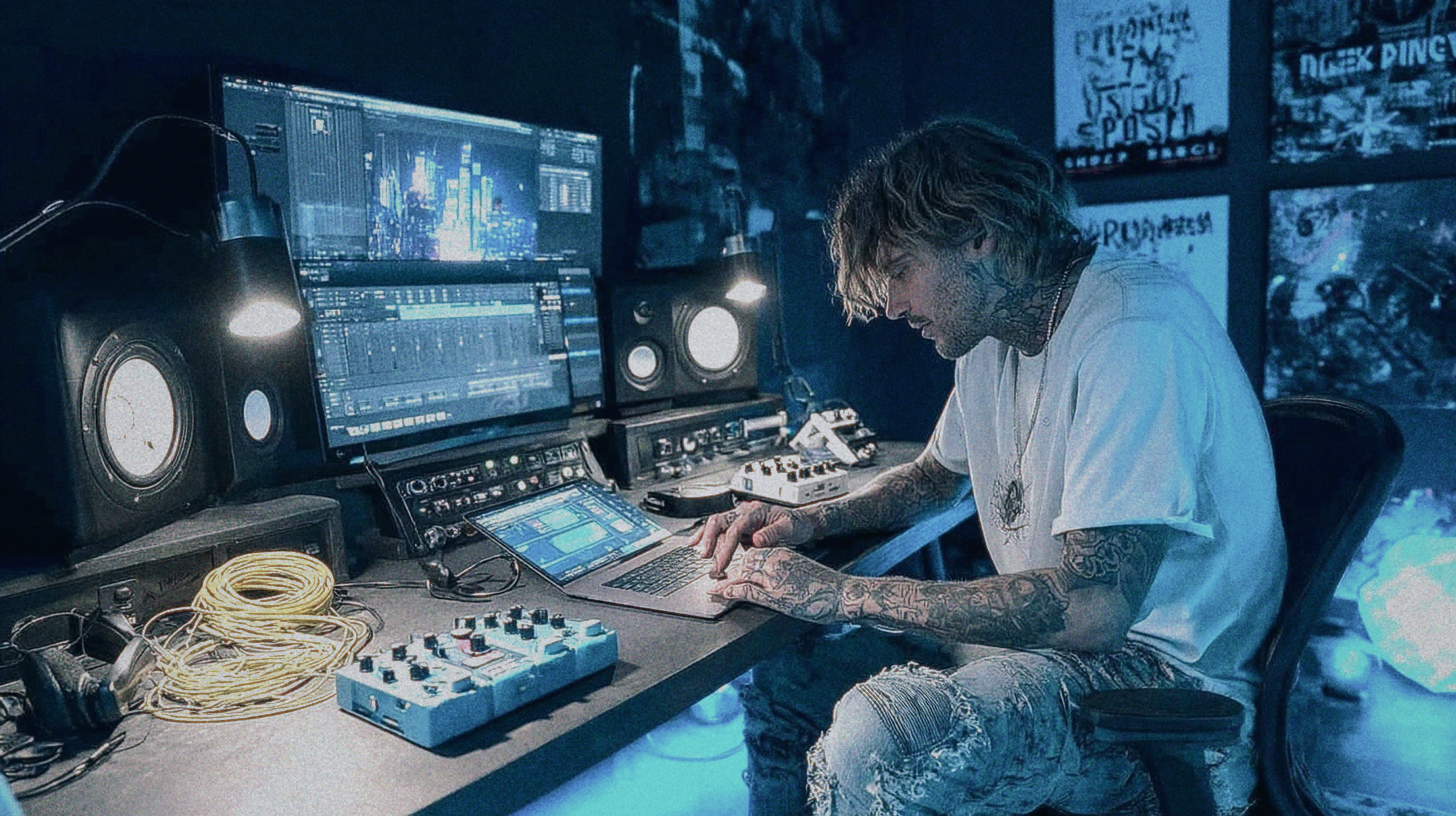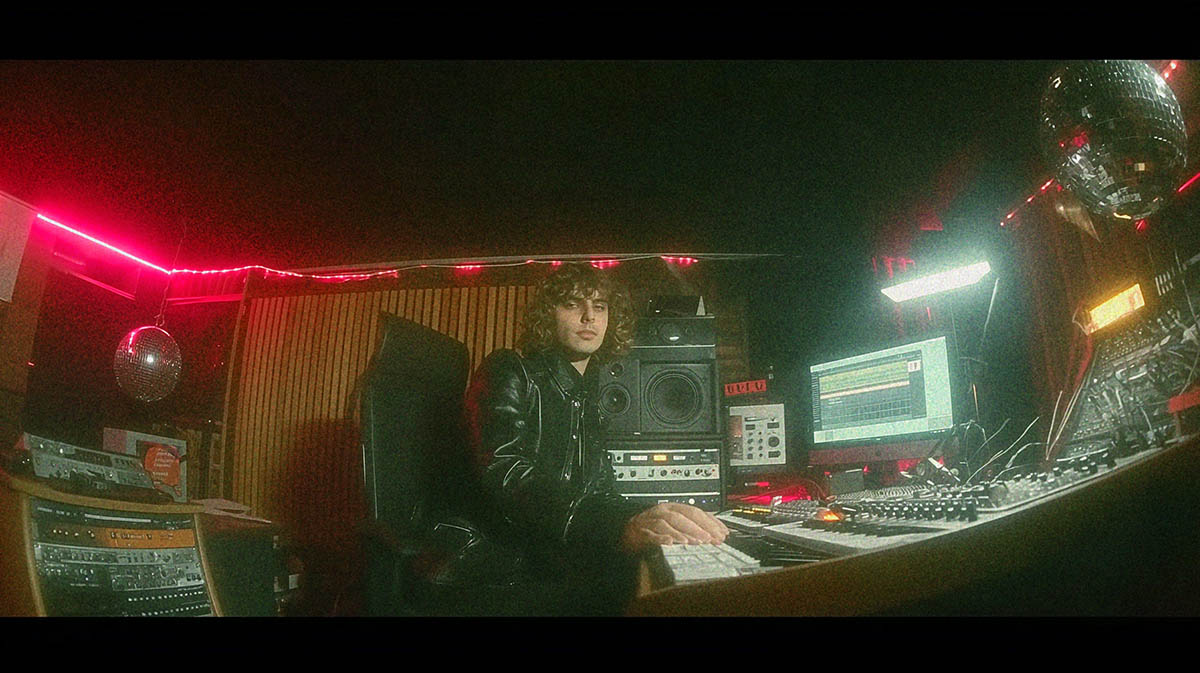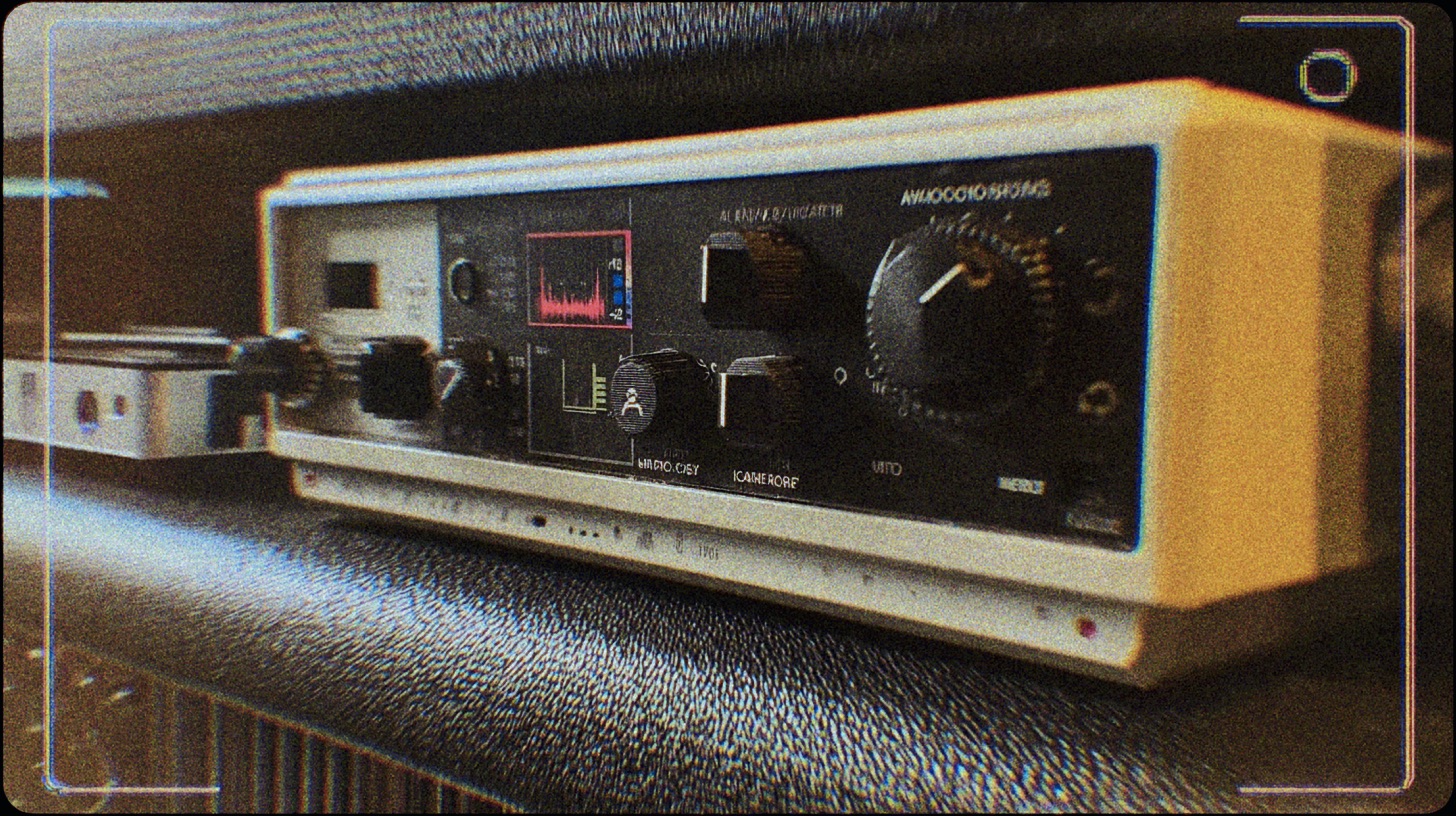
Sample Rate for Heavy Music: Best Practices & Pitfalls
Nail The Mix Staff
Alright, let’s talk sample rates. It’s one of those techy things in music production that can feel a bit like black magic. You see the options in your DAW – 44.1kHz, 48kHz, 96kHz, maybe even 192kHz – and you wonder, “Does picking the ‘best’ one instantly make my metal tracks sound more brutal?” The short answer? It’s complicated, but probably not in the way you think.
For us metal producers, dialing in crushing guitar tones, thunderous drums, and vocals that rip through a mix is paramount. So, where does sample rate fit into getting that pro sound? Let’s dive in and demystify this critical setting.
What Exactly IS Sample Rate, Anyway?
Before we get into the nitty-gritty of how it affects your deathcore breakdowns or djentastic riffs, let’s quickly cover the basics without making it feel like a college lecture.
The Nyquist-Shannon Theorem (Without Being a Boring Textbook)
Ever heard of it? Basically, to accurately capture a sound wave, you need to sample it at least twice as fast as the highest frequency you want to record. Since human hearing theoretically tops out around 20kHz (especially after a few too many blast beats without earplugs), you need a sample rate of at least 40kHz.
This is why 44.1kHz became the standard for CDs – it gives you a little headroom above that 20kHz mark. 48kHz is common in video and broadcast, offering a slightly higher theoretical frequency capture. Think of sample rate as the number of “snapshots” your audio interface (like a Focusrite Scarlett, Universal Audio Apollo, or an Antelope Audio Zen Go) takes of the incoming audio signal every second. More snapshots, more data.

Bit Depth vs. Sample Rate: Don’t Get ‘Em Twisted
Quick detour: Don’t confuse sample rate with bit depth (like 16-bit, 24-bit, or 32-bit float). Bit depth determines your dynamic range – the difference between the quietest and loudest sounds you can capture. Think of it as the “resolution” of each snapshot’s volume. Most of us are recording at 24-bit these days, which offers plenty of dynamic range, especially for loud-as-hell metal. Sample rate is how often you capture, bit depth is how much detail each capture holds. Both are important, but they’re different beasts.
Does a Higher Sample Rate Mean Better Metal Mixes?
This is where the debate often kicks off. If more snapshots mean more data, then 96kHz must be twice as good as 48kHz for capturing those searing guitar solos or crisp hi-hats, right? Well, not so fast.
The “More is Better” Myth
Some producers swear by higher sample rates like 88.2kHz or 96kHz, claiming they hear more “air,” “detail,” or a smoother top end. And there’s a sliver of truth here: some plugins, particularly those involving non-linear processes like saturation (think FabFilter Saturn 2 or Soundtoys Decapitator) or complex amp simulations (your favorite Neural DSP Archetype or a Positive Grid BIAS FX monster tone), might perform slightly better or have fewer aliasing artifacts when the project is run at a higher sample rate. This is because their internal oversampling has more “room” to work with.
The Downsides: Why You Might Stick to 44.1/48kHz
Before you crank your project settings to 192kHz hoping for instant Periphery-level clarity, consider the trade-offs:
- CPU Load: This is a big one. Higher sample rates mean your computer is processing way more data. For a dense metal mix with dozens of tracks – multiple instances of Superior Drummer 3, layered vocals, quad-tracked guitars each running amp sims and EQs – your CPU can start to choke pretty quickly. Cue buffer underruns and creative flow killers.
- File Sizes: More data equals bigger audio files. This means more hard drive space consumed and longer project load times. If you’re collaborating or sending files, this can also be a pain.
- Plugin Stability & Workflow: While most modern plugins handle high sample rates fine, some older or less optimized ones might get a bit wobbly. Plus, constantly thinking about sample rate can be a distraction from what truly matters: the music.
- Sample Rate Conversion (SRC): Most of your music will eventually be consumed at 44.1kHz (Spotify, Apple Music standard) or 48kHz (YouTube, video). Downsampling from a higher rate requires a Sample Rate Conversion algorithm. While DAWs like Pro Tools, Cubase, Reaper, and Logic Pro X have good built-in SRC, a less-than-stellar conversion can introduce subtle artifacts.

The “Sweet Spot” for Modern Metal Production
For most metal production, 48kHz is a fantastic sweet spot. It’s a modern standard, offers a slight theoretical edge over 44.1kHz without hammering your CPU, and is native for video work if you’re syncing to picture.
Is 44.1kHz dead? Absolutely not. Countless killer metal albums have been made and continue to be made at 44.1kHz. If your system is more modest, or you just prefer it, you’re not sacrificing much, if anything, audible in the final product.
When might 88.2kHz or 96kHz make sense? If you have a beast of a PC or Mac, primarily work with acoustic recordings needing pristine top-end for something other than metal, or if you’re deep into specialized audio work and know why you need it. For most of us churning out heavy riffs, the benefits are often marginal compared to the practical drawbacks.
Practical Sample Rate Workflow for Your Metal Tracks
Okay, so how do you actually use this knowledge in your day-to-day grind?
Setting Your Project Sample Rate in Your DAW
This is crucial: set your project sample rate before you record anything.
In most DAWs, this is in your project settings or audio setup menu:
- Pro Tools: Setup > Session
- Logic Pro X: File > Project Settings > Audio
- Cubase: Project > Project Setup
- Reaper: File > Project Settings
- Studio One: Song > Song Setup
Pick your rate (again, 48kHz is a solid choice) and stick with it for the entire project.

Dealing with Mismatched Sample Rates
What if you get drum samples recorded at 44.1kHz but your project is 48kHz? Or a vocalist sends you tracks at 96kHz? Your DAW will typically offer to convert these files upon import. Generally, this is fine. Just be aware that frequent, haphazard conversions aren’t ideal. It’s best if all your source audio is recorded at your project’s chosen sample rate.
Sample Rate and Aliasing: The Hidden Enemy
Aliasing is what happens when frequencies above half your sample rate (the Nyquist frequency) get “folded back” into the audible spectrum as nasty, inharmonic distortion. Think digital weirdness you don’t want. Higher sample rates push this Nyquist frequency further up, meaning aliasing artifacts are less likely to be audible.
However, many quality plugins (especially EQs, compressors, and saturators) have built-in oversampling. This means the plugin internally processes the audio at a higher sample rate (2x, 4x, 8x, or even higher) to reduce aliasing, and then downsamples it back to your project’s rate. So, even if you’re working at 44.1kHz or 48kHz, a good plugin like the FabFilter Pro-Q 3 can operate internally as if it’s at a much higher rate, giving you the sonic benefits without the system-wide CPU hit. This is a key area where good EQ strategies can make a huge difference.
Thinking About Your Final Delivery Format
As mentioned, your music will likely end up at 44.1kHz or 48kHz. Working at a direct multiple (e.g., 88.2kHz if you’re delivering at 44.1kHz, or 96kHz if delivering at 48kHz) can sometimes result in slightly cleaner math for the SRC process. But honestly, modern SRC algorithms are so good that this is often a micro-optimization.
When Sample Rate REALLY Matters (And When It’s Overthinking)
Let’s cut to the chase: where will you actually notice the impact of sample rate choices in your metal productions?
High-Frequency Content and Sample Rate
Sure, cymbals, the “air” band on an EQ, the fizz of a distorted guitar – these have high-frequency information. Will 96kHz capture your Zildjian K Custom Dark Ride “better” than 48kHz? Maybe, in a super-analytical, isolated listening test. In a dense metal mix? Unlikely. Your mic choice (a pair of Neumann KM184s vs. Shure SM81s for overheads), mic placement, and the drummer’s performance will have a thousand times more impact.
Time-Based Effects and Modulation
Generally, the audible quality of your reverbs (like a Valhalla VintageVerb), delays (Soundtoys EchoBoy), or flangers won’t drastically change based on project sample rate, assuming they’re well-coded. The character of these effects comes from their algorithms, not typically from extreme high-frequency interactions.
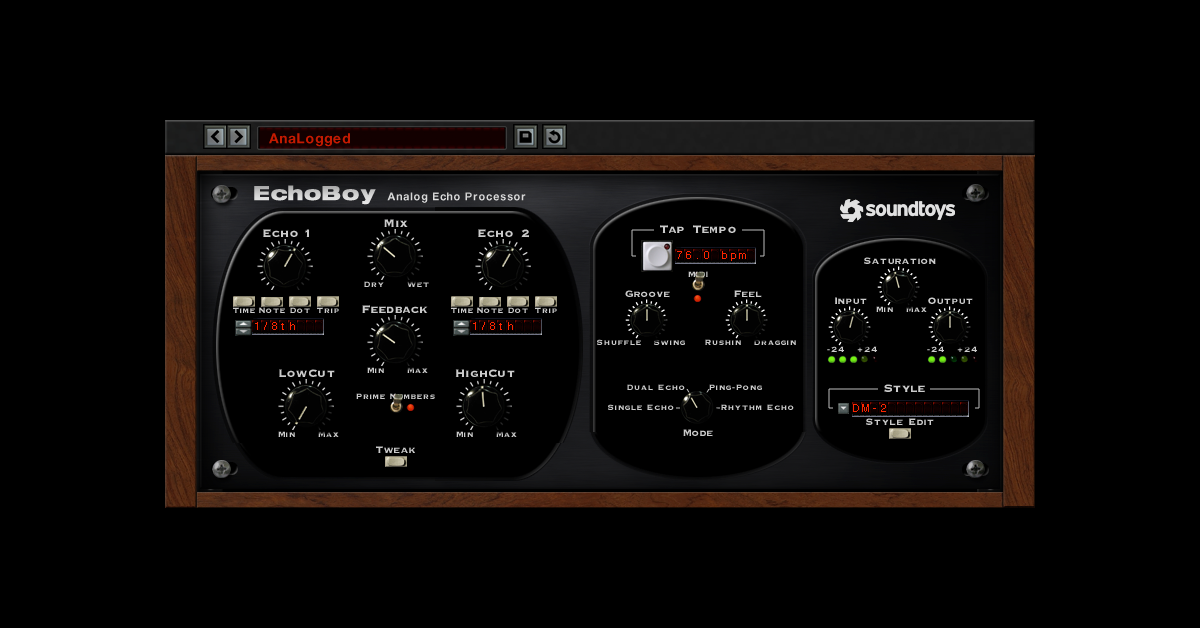
The Biggest Impact: Your Skills & Source Material
Here’s the unfiltered truth: your mixing skills, the quality of the performances, and your source tones are VASTLY more important than whether you chose 44.1kHz, 48kHz, or 96kHz.
Can you dial in a killer guitar tone with an SM57 and an amp sim? Do you know how to use compression to make your drums punch without sucking the life out of them? Can you carve out space for every instrument with surgical EQ? These are the things that separate an amateur demo from a pro-sounding metal track.
Focus on:
- Great Performances: A tight band is everything.
- Solid Recording Techniques: Mic placement, gain staging.
- Killer Source Tones: Get it right at the source, whether it’s a real amp (Mesa Boogie Dual Rectifier, Peavey 5150) or a plugin (Fortin Nameless Suite, Omega Ampworks Granophyre).
- Smart Mixing Decisions: EQ, compression, automation, effects.

100+ Insanely Detailed Mixing Tutorials
We leave absolutely nothing out, showing you every single step
Nail The Mix & Mastering Your Sound Beyond Sample Rate
Sample rate is a foundational setting, a piece of the puzzle. But it’s not a magic bullet. If you’re looking to elevate your metal mixes, understanding the why and how behind professional techniques is where the real gains are made.
At Nail The Mix, we don’t just talk about specs; we show you how world-class producers like Joey Sturgis, Eyal Levi, Will Putney, and Jens Bogren craft massive-sounding metal records from the ground up. You get the raw multitracks from bands like Spiritbox, Architects, and Lamb of God, and watch the original producer mix it, explaining every decision – from dialing in drum samples to automating vocal effects and gluing the mix together. You’ll see them tackle EQ, compression, saturation, and everything else that truly makes a mix powerful, regardless of the sample rate they chose for that specific session.
If you’re ready to move beyond just tweaking presets and really Unlock Your Sound: Mixing Modern Metal Beyond Presets, seeing how the pros do it is invaluable.
The Bottom Line on Sample Rate for Metal:
- Understand what it is: “snapshots” of audio per second.
- 48kHz is a great all-around choice for modern metal production. 44.1kHz is also perfectly fine.
- Higher sample rates (96kHz+) have significant CPU and storage trade-offs for often marginal audible benefits in a dense mix.
- Focus on your source tones, performances, and mixing skills. These are your real weapons.
- Don’t overthink it. Pick a rate, stick to it, and get back to making killer music!
Get a new set of multi-tracks every month from a world-class artist, a livestream with the producer who mixed it, 100+ tutorials, our exclusive plugins and more
Get Started for $1